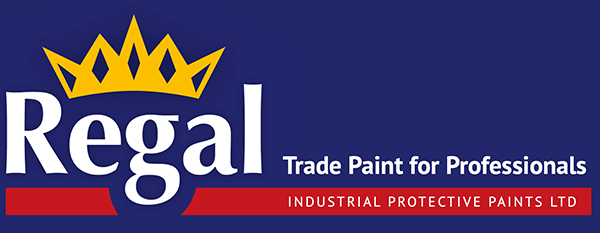Epoxy FAQs, Garage Floor Paints, Regal Paint Articles, Regal Paints FAQs
Epoxy Resin Floor Paint – Cold Weather Tips
Cold Weather Tips for applying Epoxy Resin Floor Paint
We are frequently asked about the best conditions to apply Epoxy Resin Floor Paint and whether cold weather has any effect on the success of using floor paint. When the temperatures start to fall and the nights start to draw in, it’s a good time to for us to share with you some essential tips to bear in mind when picking the correct time to apply epoxy floor paint in cold weather. While there are certainly things you mist watch our for, the approach of Winter season is not automatically too late for your epoxy flooring project.
Review Epoxy TDS for Temperature Requirements
The first thing you need to do is to carefully review the Technical Data Sheet (TDS) for your Epoxy Resin Floor Paint. On there, you will be able to locate the information about temperature specifications for that floor paint. These considerations will apply both to suitable application temperatures as well as for the specifications about suitable humidity levels and dew points. If you are in doubt about any of these issues, please contact us and we will be happy to discuss the project with you.
In addition to the above, please note that if you are working with a multi-coat Epoxy Resin Floor Paint, you need to ensure that the temperature requirements of each different product within that you may be using is suitable.
Again, primer can have differing environmental requirements to a base coat. Top coat (e.g. polyurethane) can be different in its environmental sensitivities to base coat. Apart from temperature considerations, a general guideline is that you shouldn’t apply Epoxy Resin Floor Paint if the humidity is greater than 85% or the temperature is less than 5°C.
If conditions are close to those limits that then it is really best to simply wait for more favourable conditions to ensure the best possible application. This is because most Epoxy Resin Floor Paints don’t apply well in a damp environment and will have an adverse reaction to the water vapour in the air if you apply it in those conditions.
Essential Temperature Tips for Epoxy Resin Floor Paint Application
The most important temperature to pay attention to is that of the floor, not the air.
This is because in the cold weather a concrete floor is frequently colder than the surrounding air. There reasons for this are in the way that heat is conducted and the way it rises. The concrete floor is a good conductor of heat. The heat from the floor rises easily up form the concrete to warm the air above it and for that reason the measured air temperature will be higher. Epoxy floor paint will instantly take on the temperature of the concrete floor once it is applied to and it is this temperature you need to be aware of, not just at the point of application but throughout the entire drying process. The best way to measure this is to use an infrared thermometer.
Please take additional care when doing this temperature measurement to ensure that the concrete slab temperature around your doorways, vents, and walls is within the acceptable range. The thermal properties of these areas can mean that these can be some of the coldest spots within a heated factory, warehouse or garage and, to ensure a successful project it is vital that these should be in the correct range before applying the Epoxy Resin Floor Paint. In addition, you should always ensure test areas first before walking over them or applying a second epoxy coating. Your temperature worries are reduced significantly if your concrete floor has heated slab as this will mean that then your only concerns besides the correct slab temperature of course, would be humidity and dew point.
You can also look at heating the space where you are planning to apply the epoxy floor paint. This can be very effective, but it is does depend on how cold it is. It can take several days for a concrete slab’s temperature to rise to the ambient air temperature. If you were to decide to go down this route, you should avoid kerosene heaters as they can release contaminants into the air which will end up in your floor! A better alternative are propane heaters as these are much cleaner burning.
NOTE: You should keep your epoxy products inside a heated room prior to use. This allows for much better mixing and activation of the epoxy floor paint when you are ready to use it.
One of the additional benefits of the application of epoxy in cooler weather is that the lifespan of your pot will be extended. Please remember that the curing time of your painted floor will be extended in cold weather, and you may need to wait longer before applying a second coat or to gain full use of the floor. Another important consideration is that if you are up heating the floor or entire garage, you need to keep it heated until the epoxy fully cures, as if the temperatures drop below a certain level, the epoxy can actually stop curing and will never fully cure after that.
If you have any concerns, please contact us. We are happy to help and advise you on your project so you end up with a successful outcome when applying an epoxy coating to your floor in cold weather.

